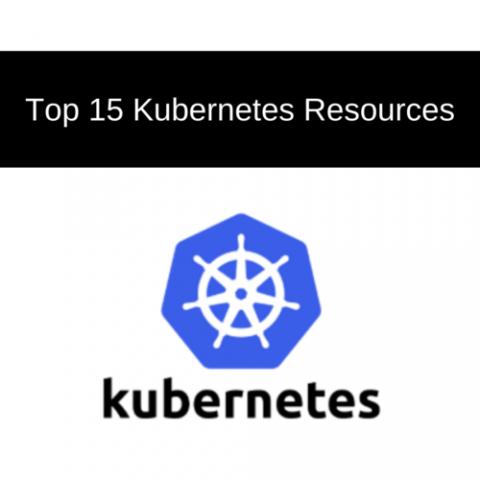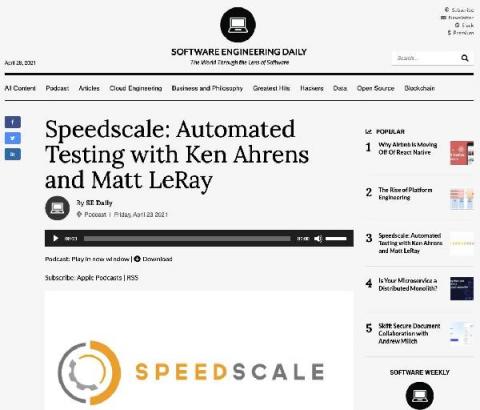Top 15 Kubernetes Resources
While Kubernetes is a very powerful and comprehensive application, it can also be very complicated and confusing to new users. Thankfully, the community is great at pulling together to try to tame the Kubernetes beasts, and as more users join the platform, more handy tools to help you manage your cluster are developed. Kubernetes Resources range from everyday helper tools to development tools to troubleshooting tools, and in this article we’ll discuss fifteen of the best ones.










